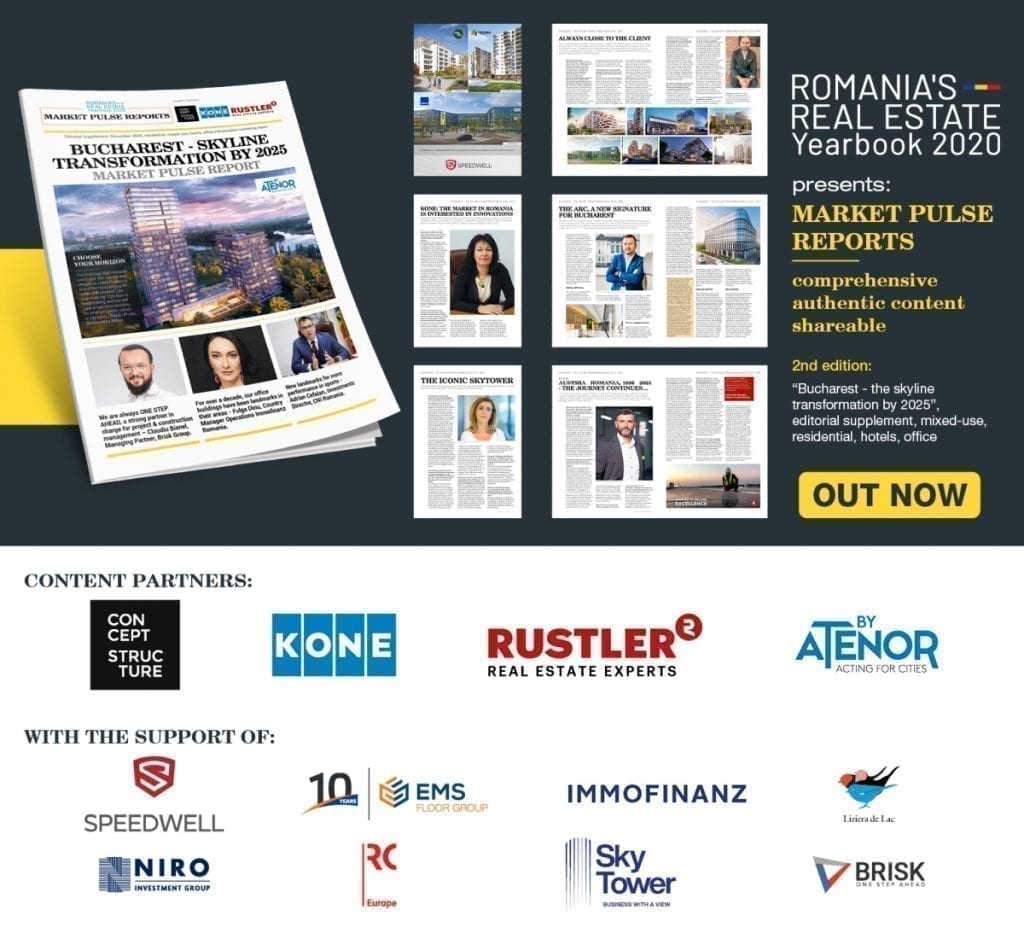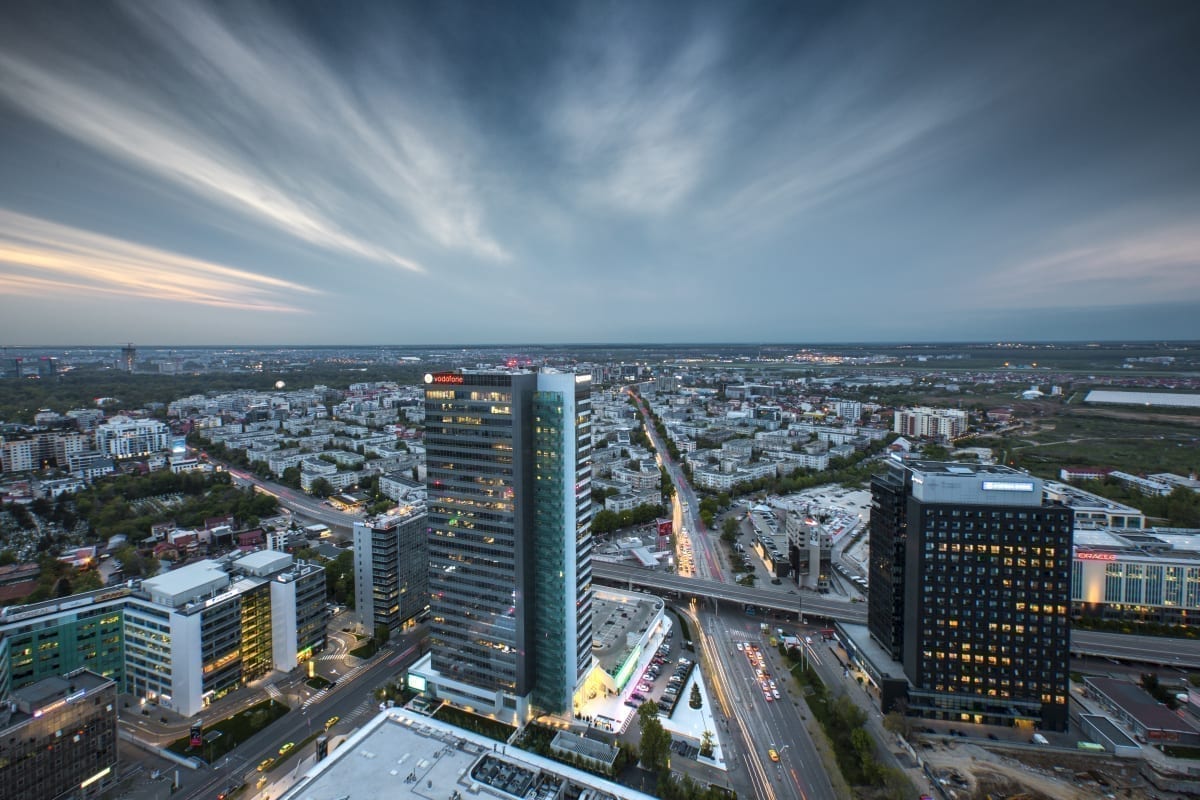The Bucharest office market has arguably been one of the most dynamic among major CEE office markets in the last 5 years, with the overall stock expanding by nearly 60% and closing in on a stock of modern offices of close to 3 million square meters. Despite this impressive growth rate, Bucharest is still well behind some regional capitals like Warsaw (190 sqm/100 inhabitants) or Prague (140 sqm/100 inhabitants) on a per capita basis – 127 sqm/100 inhabitants in the metro area, so for sure there is more room to grow in the next 5 years – Sebastian Dragomir, Partner & Head of Office Advisory at Colliers International Romania.
What upgrades have you seen in the RE offer in recent years?
Quite a lot of the new additions have been tall buildings or extensive office parks, mixing quality and price to offer tenants a good flavour. In fact, this is probably one of the more important things we need to make, that the Bucharest economy and its office market in particular have seen not just a quantitative improvement, but also a hefty qualitative one. Bucharest is no longer in a race with regional companies, it is competitive on a European and, maybe, global scale – the Financial Times fDi Magazin ranked Bucharest 7th in Europe in its inaugural Tech Cities of the Future ranking, flanked by Munich and Barcelona. And, of course, competitive blue-chip companies need offices to match. Green and WELL certifications are a testament to developers catering to the need of a more sophisticated client base.
Published in an exclusive, investment destination – oriented, market tour: “Bucharest – the skyline transformation by 2025” – Read: here
At the end of 2020, can we understand better the future of work?
So where do we stand now, in this current context? For sure, things look quite challenging at this current junction, but we remain confident that offices will remain an integral part of the economy, as employees will still need to interact with each other in order to foster teamwork and corporate culture. At the same time, remote work is here to stay as a permanent fixture and we would look for companies to weave it into a mixed work routine: 2-3 days of work from the office per week, the rest from home; as per a Colliers survey we did among nearly 80 companies, the consensus seems to be around this region of 2-3 work days of remote work per week. The low-ish office stock should shield the Bucharest office market partially as this transition takes place. It is also worth nothing that the tools to take advantage of remote work already existed, so this pandemic did not catch companies totally off guard. That being said, we are still working with much more assumptions and fewer certainties than we would like to at this current point in time. We assume that the return to the offices will take place by mid-2021, in a comparable ratio to pre-pandemic era, but this depends on the timetable and efficiency of the upcoming vaccines. That said, office landlords can for sure take measures to mitigate health concerns that employees might have about returning to work, from cleaning procedures to emergency preparedness programs.
So, what may change now after the pandemic with regards to the office market?
For starters, the robust pipeline will likely see some delays, though 2021 should still see a growth of the overall stock of c.10% as a lot of buildings are already in advanced stages. Furthermore, we think that developers might start seeing the benefits of having some projects in residential areas, not just office submarkets, as the shorter commute times for some employees would be a plus and, probably, an important argument for people to be back in the office sooner. It is probably an overused trope at this point, but flexibility will need to be the name of the game for the next years, as all market participants will need to adapt to a new reality, because the role of the office is fundamentally changing and the workplace will never be the same again after the very disruptive and challenging year 2020 has been. But who says it can’t be better? In conclusion, we look towards the next half-decade marker in 2025 with cautious optimism, with our eyes on a potential stock of around 3.7-3.8 million sqm, expecting a much more mature office market that will have adapted to the new challenges raised by remote work.

Published in an exclusive, investment destination – oriented, market tour: “Bucharest – the skyline transformation by 2025” – Read: here
Content partners:
Concept Structure | KONE | Rustler | Atenor
With the support of:
SkyTower | Immofinanz | Speedwell | Brisk
EMS Floor | RC Europe | NIRO Group | Liziera de lac
















